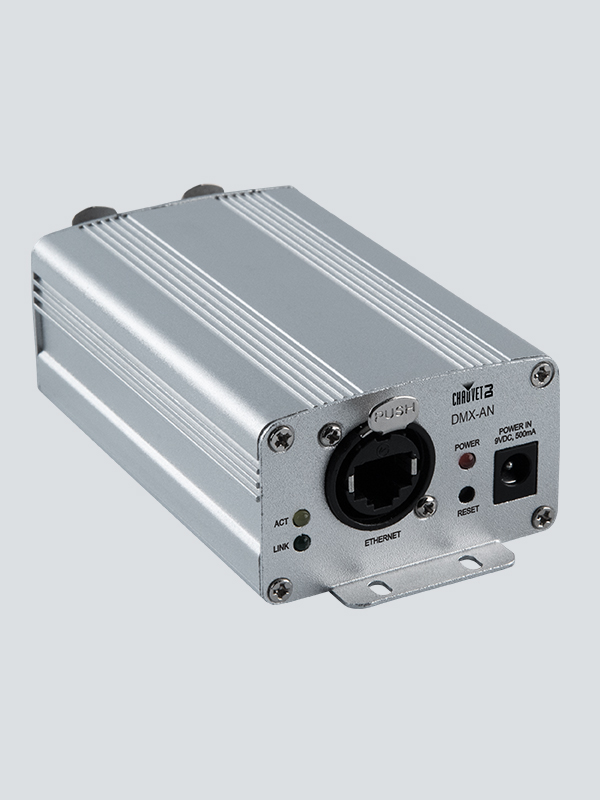Postby admin » Mon Feb 21, 2022 2:52 pm
The hardest part of getting LXConsole to work with your Art-Net device is probably getting the network addresses setup correctly. In order for devices to communicate, they need to be on the same network. This is more complicated than plugging them in. IP addresses have four numbers: AAA.BBB.CCC.DDD. Depending on the class of network, one or more of these numbers represent the network and the remainder represent the individual device. Art-Net typically uses class A addresses. This means that only the first number represents the network and the remaining three numbers belong to devices. More specifically, Art-Net uses one of two class A networks, 10.bbb.ccc.ddd or 2.bbb.ccc.ddd. Depending on how your router, computer and Art-Net interface are configured, addresses may be assigned automatically (DHCP) or manually (static). You'll need to find out how your interface gets its address and ideally what that address is. If you are in luck, your router will give out addresses in the 10 class A network. And your device will either get its address from the router (DHCP) or be manually set to a 10.xxx.yyy.zzz address. You'll need to check the Network settings on your Mac to be sure that it also has a 10.aaa.bbb.ccc address. If so, your computer will be able to communicate with your interface.
In LXConsole, there are two steps to enabling Art-Net. First, visit the Preferences' DMX-Out tab and enable Art-Net as an output. Next, choose File->External->Ethernet DMX to enable the network output. (This last setting has n available toolbar button for easier access).
LXConsole should discover your interface through Art-Net's polling mechanism. You can chose File->External->Art-Net Nodes... to bring you a window with the list of detected Art-Net devices.
